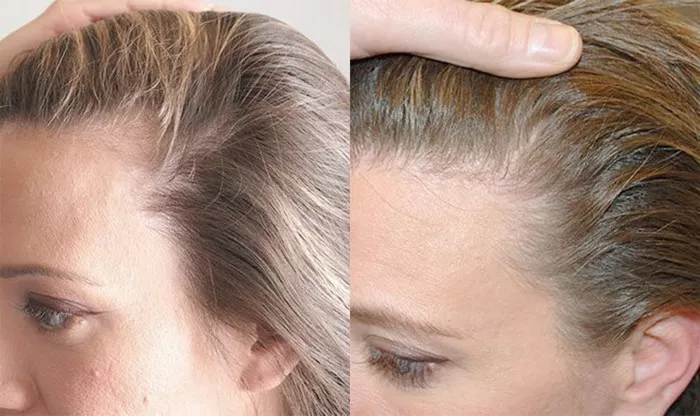Hair loss can be distressing, impacting self-confidence and well-being. For individuals experiencing receding hairlines or thinning in the frontal area, a frontal hair transplant can offer a viable solution. However, before embarking on this transformative journey, understanding the cost of such a procedure is crucial. In this comprehensive guide, we will explore the factors influencing frontal hair transplant costs, demystifying the process and empowering individuals to make informed decisions.
Understanding Frontal Hair Transplant
Frontal hair transplant, also known as a hairline transplant, is a specialized hair restoration procedure targeting the frontal area of the scalp. This region is particularly delicate, and successful transplantation requires skilled precision. The procedure involves extracting healthy hair follicles from the donor area (usually the back or sides of the scalp) and transplanting them to the frontal region. By explaining the intricacies of the procedure, readers will gain a foundational understanding of the process and its significance in addressing hair loss.
Factors Influencing Frontal Hair Transplant Costs
The cost of a frontal hair transplant is influenced by various factors that are unique to each individual’s case. Understanding these factors is crucial for patients to grasp the pricing structure and make informed decisions about the procedure. Here are the key factors that influence frontal hair transplant costs:
1. Extent of Hair Loss:
The degree of frontal hair loss significantly impacts the cost. Patients with extensive balding in the frontal area may require a larger number of hair grafts to achieve desirable results, leading to higher overall costs.
2. Number of Grafts Needed:
The number of hair grafts required depends on the density and thickness desired for the new hairline. The more grafts needed, the higher the cost of the procedure.
3. Surgeon’s Expertise and Experience:
Highly skilled and experienced hair transplant surgeons often command higher fees. Choosing a reputable surgeon with a track record of successful results is essential for achieving natural-looking and long-lasting outcomes.
It’s crucial for individuals considering a frontal hair transplant to schedule consultations with multiple reputable clinics to obtain detailed cost estimates. Transparent communication with the surgeon about the factors influencing the costs can help patients make informed decisions and choose the best option that aligns with their budget and desired outcomes.
Average Frontal Hair Transplant Costs
Frontal hair transplant costs can vary significantly depending on geographic location and individual factors. On average, the cost may range from $3,000 to $10,000 or more. However, it is essential to recognize that cheaper options may compromise quality and results, while exorbitant prices may not guarantee superior outcomes. Seeking multiple consultations with reputable clinics and experienced surgeons is vital for understanding the average cost and assessing the value provided.
Additional Considerations and Financing Options
While frontal hair transplant costs can be a significant investment, financing options may be available to make the procedure more accessible. Some clinics offer payment plans or financing arrangements to accommodate diverse budgets. Moreover, exploring potential insurance coverage for hair transplants, especially if hair loss is due to medical conditions, can be beneficial. By presenting readers with additional considerations and financing possibilities, this section enhances the article’s credibility and professionalism.
Conclusion:
Frontal hair transplant is a life-changing procedure that can restore confidence and improve quality of life for individuals experiencing frontal hair loss. By understanding the factors influencing the cost, average pricing, and financing options, individuals can make informed decisions and embark on their hair restoration journey with confidence. Choosing an experienced, reputable surgeon and clinic is paramount for achieving desirable, natural-looking results. With this comprehensive guide, we aim to empower readers to take the next step towards hair restoration, armed with knowledge and the assurance of a transformative experience.


